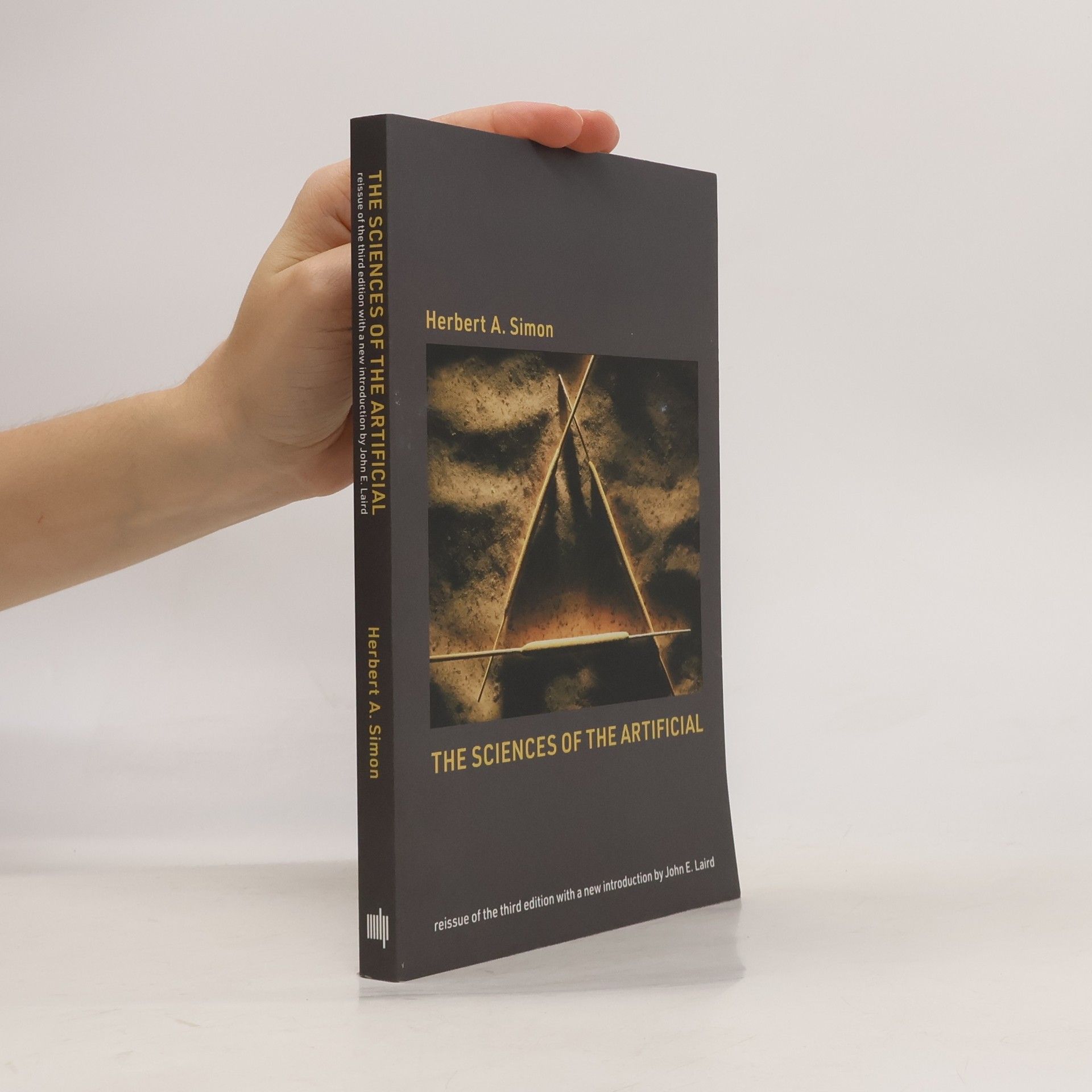The Sciences of the Artificial
- 256pages
- 9 heures de lecture
Herbert Simon's classic work on artificial intelligence in the expanded and updated third edition from 1996, with a new introduction by John E. Laird.


Herbert Simon's classic work on artificial intelligence in the expanded and updated third edition from 1996, with a new introduction by John E. Laird.
This monumental work by Herbert A. Simon and Allan Newell, two pioneers of artificial intelligence, develops and defends the authors' theory of human reasoning. It will be of historical interest to students of the physical symbol system hypothesis in psychology, artificial intelligence, or cognitive science.